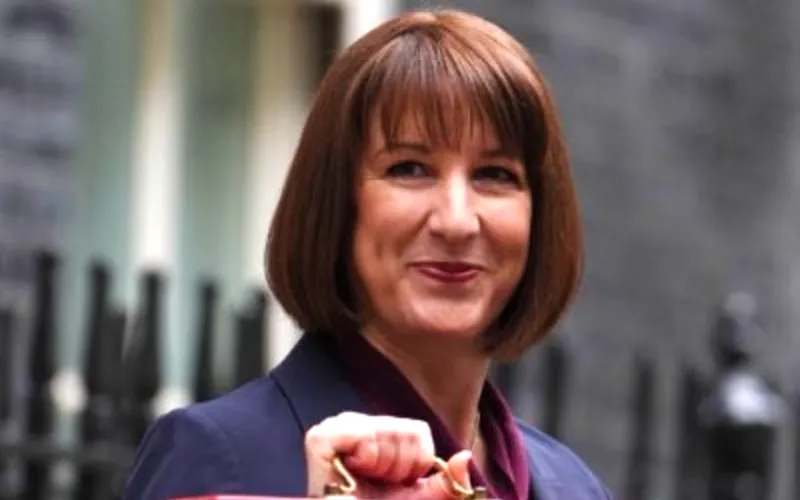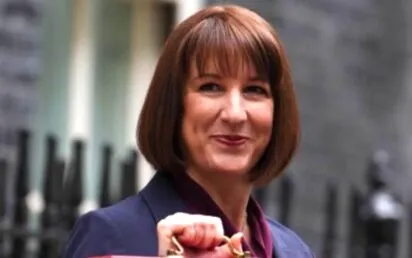Rachel Reeves, the Chancellor of the Exchequer announced a significant reduction in government operational expenses. She pledged to cut the running costs by 15% by the end of 2030. Reeves also mentioned that the savings will mostly come from administrative and back-office functions and not necessarily from essential frontline services. The trade unions have raised concerns over these reductions and how they could impact public service. Additionally, the union noted that the consequences of this cut may be more significant than anticipated. According to the KPM report, optimizing running costs is a good way to free up resources for other priorities. This knowledge is also applicable in online gaming such as the NetBet platform. You can always optimize your cost of playing these games and maximize your profit.
In the coming week, Minister Pat McFadden, Cabinet Office is set to issue directives to Whitehall departments instructing them to cut annual expenses. This budget cut could be more than £2 billion by the end of the decade. Some of the areas that might be affected are human resources, communications, office management and policy advisory roles. According to Reeves, one of the areas that would benefit from the freed-up resources is the National Health Service (NHS).
Reduction in Civil Service Workforce
In a discussion with BBC, Reeves mentioned that the size of the Civil Service increased significantly during the period of the COVID-19 pandemic. The size failed to return to default after the pandemic and it became the normal size ever since then. Reeves mentioned that the government is committed to reducing operational costs by 15%. This reduction will be aided more by the introduction of technology and artificial intelligence. Additionally, Reeves mentioned that they could have potential job losses of up to 10,000 heads. According to the data from the office of the Office for National Statistics (ONS), as of December 2024 about 547,735 people were employed by the Civil Service. These numbers include both permanent and temporary staff. It has been identified that these employees play important roles in the operation of the government in different sections.
Union Backlash Over Job Cuts
Since the announcement, Union leaders have pushed back against the proposed cuts. Union have argued that this job cut might have a ripple effect on public services. The head of the FDA union, Dave Penman has dismissed the idea about the job cuts. Similarly, Leader of the Prospect union, Mike Clancy has also criticized the move. He emphasized that all civil servants contribute to public service delivery. Reducing the numbers will inevitably have a noticeable effect on service quality.
Civil Service Reforms and Government Priorities
Cabinet Office Minister Pat McFadden, earlier this month pledged sweeping reforms. This reform includes performance-based pay for senior officials. It also has potential dismissals for employees who are underperforming. Prime Minister Sir Keir Starmer also weighed in on the matter, pledging to streamline government operations. He plans to achieve this by eliminating bottlenecks.
These job cuts and tightening reforms are the resultant effects of economic pressure such the slow growth, high borrowing costs and low tax revenue. All this adds to the need for budgetary discipline. The government has also introduced major welfare system reforms. This has made it more difficult to claim disability benefits. This move is expected to save about £5 billion annually by 2030.
In conclusion, with this Spring Statement approaching, the government might be facing a tough decision. The 15% cut in Civil Service looks poised to improve efficiency while reducing operational costs and increasing savings. It is still uncertain as per the impact in the real world. The coming month will determine whether the cost-saving measures are worth the anticipated job losses. The union and general public are watching out for the outcome and are braced for the impact.


